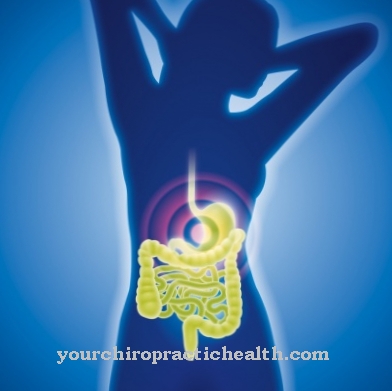As Hair growth phases is the term used to describe a three-stage cycle that each individual hair goes through as it grows.
What are the hair growth stages?

The cycle of hair growth phases consists of a growth phase, a phase of transition and a phase of standstill and loss of hair.
The growth phase is by far the longest of the three phases and lasts between 2 and 6 years. The duration depends on the age and the location of the hair growth on the body. The hair growth is regulated by the so-called hair follicles, which are located under the skin. At the lower end of the hair follicle, new hair roots are repeatedly formed through cell division, from which new hair can then grow again. Through the constant repetition of these cell renewals, the hair grows by 0.3 to 0.5 mm daily. About 85 percent of the body hair is in this phase.
After the end of the growth phase, the hair goes into the transition phase. In this, the hair follicle is separated from the hair over a period of 3 to 4 weeks and the hair is slowly pushed towards the surface of the skin.
At the beginning of the last phase, the hair is completely detached from the roots and is therefore no longer supplied with nutrients. The hair follicle becomes active again and begins to form new hair, which slowly displaces the old one until it ultimately falls out. Approx. 15 percent of the body hair is always in this 3 to 5 month process.
Function & task
The hair growth phases fulfill a multitude of important tasks and functions for humans. By far the most important function of cyclical hair growth is the removal of diseased or damaged hair. If hair only started to grow once and grew through until the end of life, there would be no chance of replacing damaged or dead hair.
Dead hair would then fall out without growing back, and early baldness would be the likely result. Damaged hair would also remain on the body without it being able to serve its actual purpose. Sun rays and with them dangerous UV and infrared rays could hit the scalp against little or hardly any resistance and damage it, the head would no longer be properly protected from cold or heat. Because the hair is constantly dying and renewed, healthy and strong hair can always grow back and guarantee full protection.
Hair growth plays another important role in the transition from adolescence to adulthood. In this phase, the fine, colorless vellus hair, which with a few exceptions covers the entire body, forms the strong, pigmented terminal hair in some places. In men, the hair on the beard, in the pubic area, on the armpits as well as on the chest, back and shoulders becomes terminal hair, in women especially in the pubic area and on the armpits.
In addition, the hair growth phases also limit the length of the eyelashes, eyebrows and hairs on the nose and ears, which, in the event of unregulated growth, would become longer and longer and thus severely impair sight, hearing and smell.
You can find your medication here
➔ Medication for hair loss and baldnessIllnesses & ailments
The natural hair growth phases can be impaired or even stopped completely by a number of diseases and ailments. By far the most common of these complaints is alopecia, i.e. hair loss in which the hair that has fallen out is not renewed. This can take several forms.
Androgenetic hair loss is genetically determined and is triggered by an increased sensitivity of the hair follicles to dihydrotestosterone, a steroid hormone. As a result, the hair follicles wither more and more and the hair growth times become shorter and shorter.
In alopecia areata, on the other hand, the hair falls out circularly in various parts of the body. The cause of this is a reaction of the immune system, which sees the hair cells as foreign bodies and therefore destroys them with the help of an inflammatory reaction. But since the follicles are preserved, the bald spots usually grow back again.
As a result of iron deficiency, infections, hormone fluctuations, diseases of the thyroid gland and stress, diffuse hair loss can also occur, in which hair falls from the whole head.
With hypertrichosis, a lot of thick hair grows in areas that are otherwise barely or not at all hairy. It can be limited to individual areas or affect the whole body. It can be inherited, but it can also arise anew.
Hair growth phases are therefore subject to a constant process that can be interrupted or stimulated by many factors.








.jpg)



















